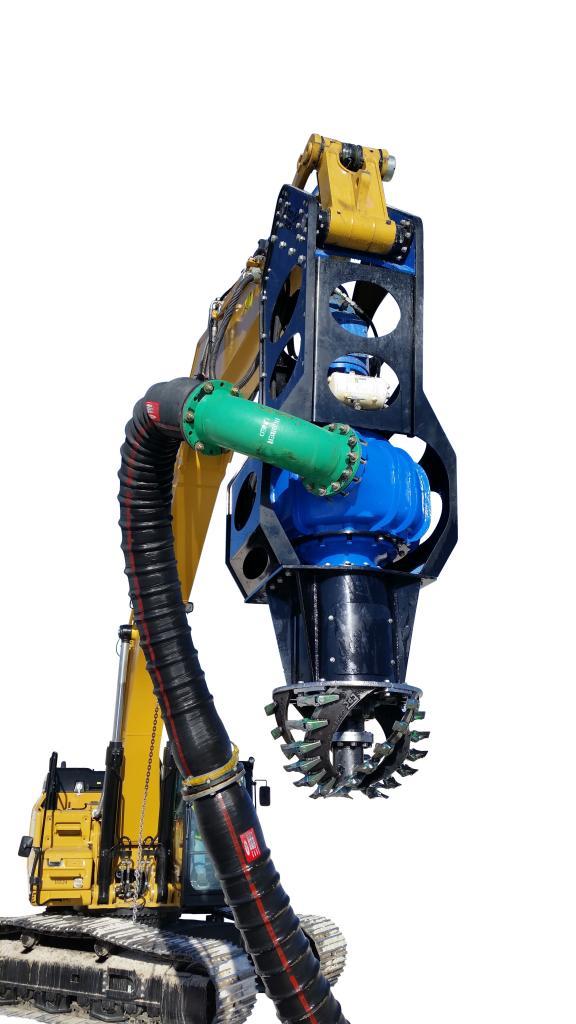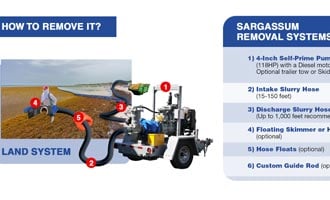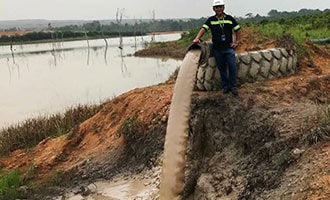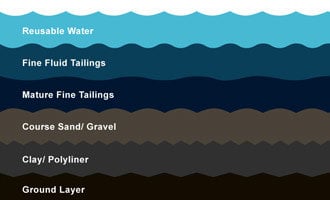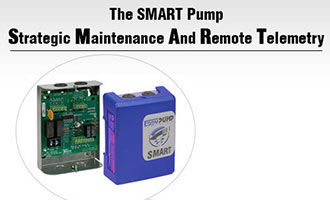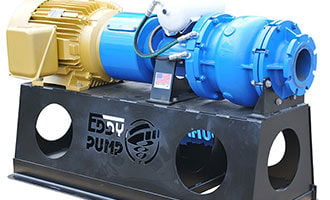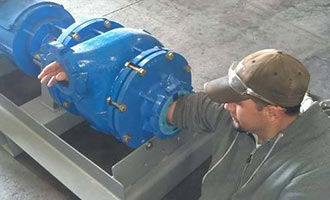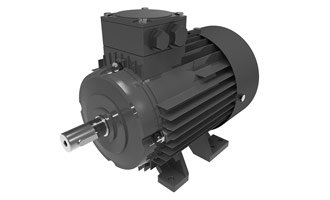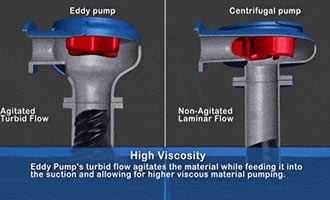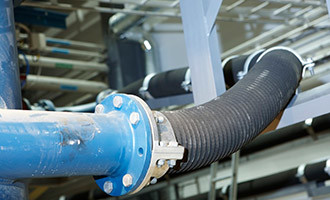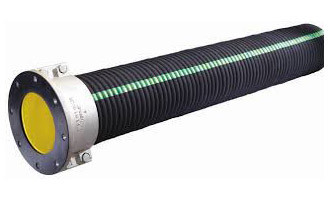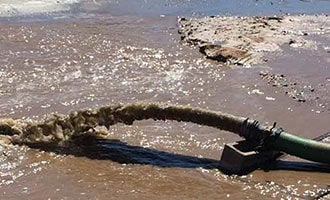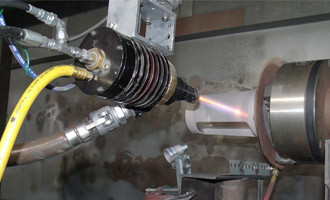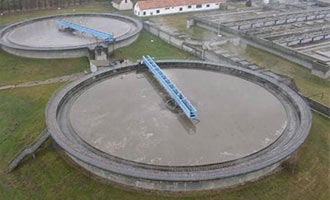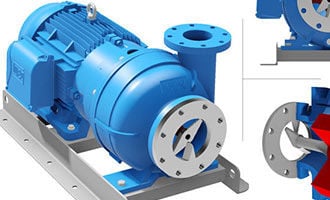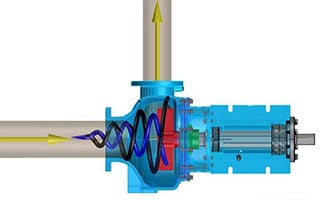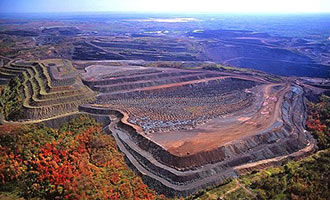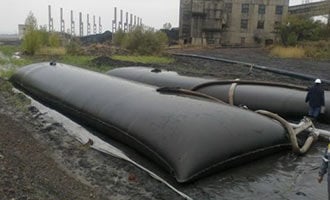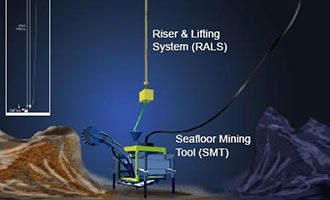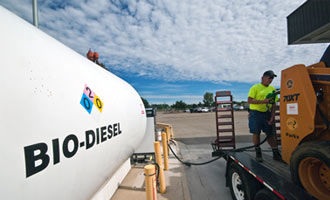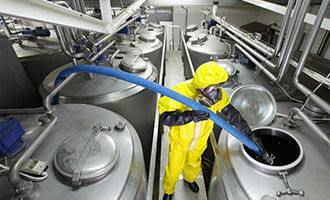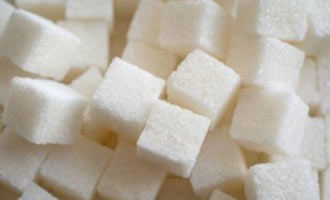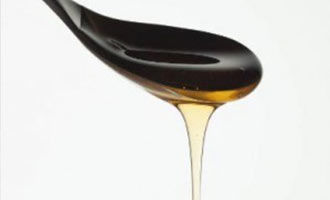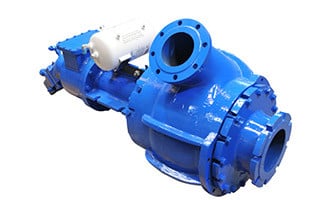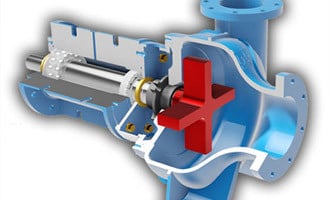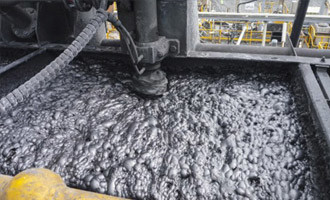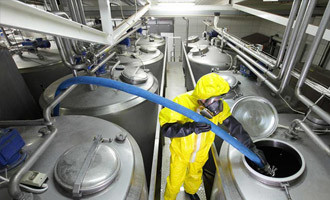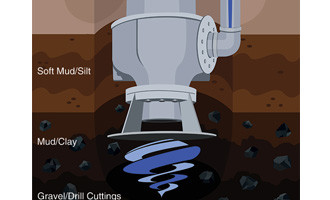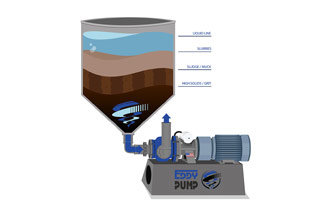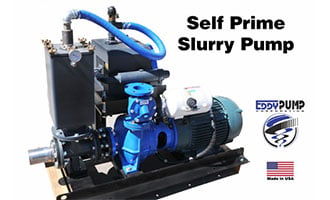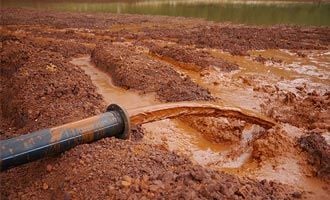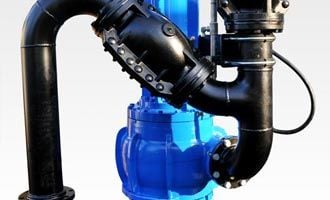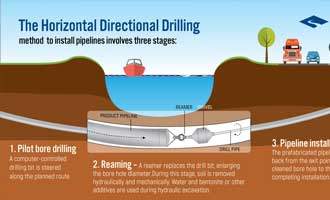How to Prevent Pipeline Clogging While Pumping
Learn what most commonly causes clogged pipelines and how to prevent them when using dredge or slurry pumps. Browse Our Slurry PumpsContact Us For Fast QuoteThis article includes:
- Choosing a Discharge Hose
- Choosing a Suction Hose
- Pipeline Selection
- Pump Screen Attachments
There are a number of industries that, due to the nature of what materials they pump, are prone to pipelines and hoses becoming clogged. An example of this is the mining industry where dredging and pumping solid-laden slurries are common. Pumping solid-laden slurries pose a real challenge that can slow mining operations to a crawl due to clogging. Mining operations are very expensive and when equipment is being used that is not suited for the job it can decrease efficiency substantially, and drive up costs. Clogging most often happens due to large objects becoming lodged in the piping, or slurry settling in the pipeline. An application pumping slurries and solid-laiden material is very difficult, and requires dredging and pumping equipment that are designed for this type of rigorous deployment. These types of applications are where EDDY dredging and pumping equipment excel.
Beyond choosing the right dredging and pump equipment for the job, specific considerations are needed for the piping and hoses. To reduce potential clogging, the piping and hoses must be sized correctly to avoid large solids from becoming stuck and obstruct the flow through the pipeline. The sizing must also be appropriate to allow the continued flow of the slurry through the pipeline. Ensuring that the piping and hoses are sized correctly will aid in maintaining a constant flow and avoid clogging.
To maintain a constant flow through the pipeline, the flow of the material must flow at a specific rate given the type of slurry material that is being pumped. The specific velocity of flow can be measured in feet per second. The continued movement of the material through the pipeline assists with avoiding settling at the bottom portion of the piping.
The following chart shows the material types broken down into four categories: Fine, Sand, Course, and Sludge. In the column to the right of the categories shows a mesh size that can be used to measure your material to determine which category the material falls within. Mesh is a measurement of particle size that is used in determining particle size distribution. The far right column shows the flow velocity within the pipeline measured in feet per second to maintain adequate flow rate and reduce the potential for clogging.
Pipeline Velocity Chart Below for Common Slurries:
| Solids Type | Solids Size (Mesh #) | Critical Line Velocity (ft/s) |
|---|---|---|
| Fine | 200 or over | 13-15 |
| Sand | 200 to 35 | 11-13 |
| Coarse | 35-3 | 9-11 |
| Sludge | 7-9 |
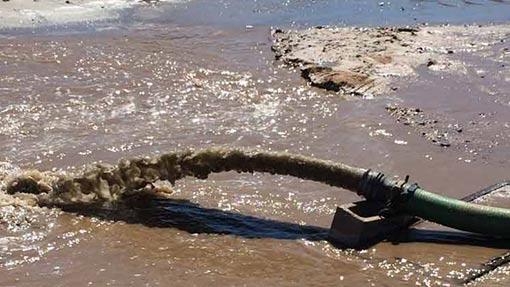
Choosing a Discharge Hose
In dredging applications, it is common practice to use a high pressure (150 psi) rubber-lined corrugated slurry discharge hose that runs from the pump discharge a minimum of 50-ft and then connects to the pipeline. This type of hose is used because it is more flexible than rigid plastic pipeline and allows for a more versatile pump and dredging operations. The size of the slurry discharge hose is most often the size of the pump because the inner diameter is the same. For example, with a 6-inch pump, you would use a 6-inch slurry hose. Avoid using piping or hose that is smaller than the discharge port of the pump.
Choosing a Suction Hose
When choosing a suction hose for diver operated pumping applications or self-priming pump applications, it is suggested to use heavy-duty corrugated polyurethane lined material hose. This type of hose is flexible and constructed of durable material to withstand the high amount of abrasives that are common while dredging. The size of the suction hose is suggested to be 1-inch larger than the inlet port diameter of the pump. For example, a 4-inch pump would use a 5-inch diameter suction hose.
Pipeline Selection
For dredging or pumping slurry with non-metallic piping, it is suggested to use High-Density Polyethylene (HDPE) piping. NOTE: When selecting piping and hose for a dredging or pumping application, the material of the piping and hose must be chemically compatible with the material that is being pumped. It is suggested to use a pipe size that is 2-inches larger than the port size of the pump. For example, if a 6-inch pump is used, an 8-inch HDPE DR-11 pipe would be appropriate.
If pumping short distances, it might be advantageous to discharge the material being pumped directly from the flex hose. If this is desired, keep in mind that flex hose is more expensive than HDPE piping. Due to this difference in cost, it is common that HDPE piping is used to save on cost unless the pumping distance is short enough to where flex hose is more practical.
NOTE: When a need arises to change the pipeline in the field, it is important to replace the pipeline with the same configuration and pipe sizing to maintain consistent performance. If a different configuration and pipe sizing is chosen it can change the entire dynamics of the pumping operation. It is best to inform the pump system designed or engineer before any changes are made to the piping configuration or pipe sizes. Using a discharge pipe diameter that is too large can result in a slowing of the velocity of the material being pumped, which in turn, can cause settling at the bottom of the piping and result in clogging.
Pump Screen Attachments
An option in more extreme situations, if your pipeline or hoses are being clogged by large rocks or other large sized material, a screen attached to the pump at different stages might help. There are several methods to do this. One method is to attach a basket screen, along with a cutterhead attachment, to the end of the pump.
This combination can then be mounted on an excavator, barge, or ladder dredge to facilitate breaking up large chunks into smaller, more manageable pieces that won’t clog your pipeline. Including a basket screen with the cutterhead will ensure the solids you’re pumping are a certain size before being drawn into the suction hose.
Best Applications – Industries Most Served
The EDDY Pump Corporation is a premier manufacturer of pumping and dredging equipment. If you are pumping or dredging slurry, high solids, extremely viscous material, paste, high abrasives (sand & gravel), and material filled with solids, then you found the best-suited product for the job. Go to: https://eddypump.com/ or Call Us!
Mining, Fly Ash, Coal Ash, Oil, Fracking, Gas, Wastewater, Pulp and Paper, Chemical, Energy, Water Municipalities, Irrigation, and Dredging Companies. For Access to Complete Product Line Go to: https://eddypump.com/products/
Order or Get Selection Help
Why EDDY Pumps Are Better – Highlights
Why EDDY Pumps Are Better - Highlights
This video shows how EDDY Pump transports high slurry and abrasive materials. Featured dredge pump equipment includes the Remote Operated Subdredge, Diver Operated Pump and a Excavator Attachment Dredge Pump.

